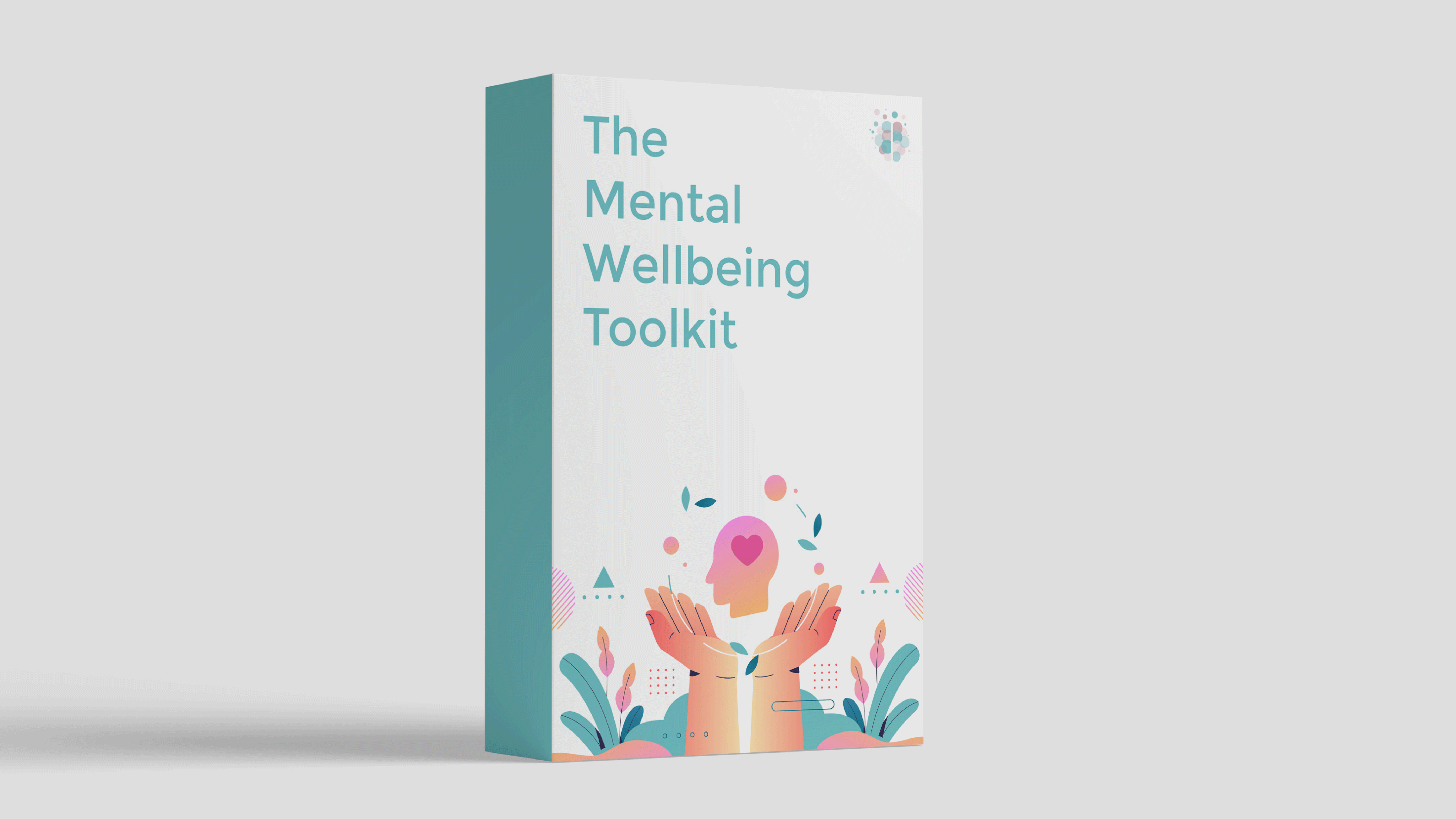Emotional support animals (ESAs) can provide a tremendous amount of comfort, companionship, and relief for people facing emotional or psychological challenges. But how exactly do you qualify for one?
There’s a process to follow when it comes to getting an ESA – this guide will walk you through what you need to know.
What Is an ESA?
An ESA is a companion animal that offers comfort and emotional stability to people with mental health issues. These animals aren’t trained to perform specific tasks like service animals, but they can help alleviate symptoms of anxiety, depression, and PTSD.
Unlike service animals, ESAs don’t have the same level of access to public spaces. Nonetheless, they're often allowed in housing units that typically have a no-pet policy, and they may fly with their owner in certain circumstances (depending on airline policies). Understanding these distinctions will help you better appreciate what qualifying for an ESA entails.
Determine If You're Eligible for an ESA
The first step in qualifying for an ESA is determining if you’re eligible. To qualify, you must have a diagnosed mental health condition that an ESA can help alleviate.
Some of the most common conditions that may benefit from an ESA include (but aren't limited to) anxiety, depression, and panic attacks. These are just a few examples, but the general rule is that the condition must impact your daily life in a way that an ESA could offer emotional support.
Get In Touch With A Health Professional
You’ll need to consult a licensed mental health professional (LMHP) to get an official diagnosis and recommendation. Here’s how the process typically works:
- Schedule an appointment with a therapist, psychologist, psychiatrist, or another licensed professional. If you don’t already have one, there are services that offer remote consults to evaluate your condition and provide you with an ESA letter online.
- Discuss your mental health history in detail. Be open about your struggles and explain why you think an ESA might help.
- If the professional determines that you could benefit from an ESA, they’ll write you an official ESA letter. This letter is crucial because it’s the documentation that legally certifies your need for an ESA.
Pick the Right ESA
Not every animal is fit to be an ESA. While most people think of dogs and cats as ESAs, the law doesn’t limit you to these options. Rabbits, birds, and guinea pigs can serve as ESAs, depending on your needs and living situation.
However, the most important factor when choosing an ESA is compatibility. You’ll need an animal that aligns with your lifestyle and can offer the companionship and comfort you seek. A few considerations that you should look into include the ESA's temperament, your current living space, the ESA's care needs, and many more.
Know Your Rights
Once you qualify for an ESA, it’s important to understand your rights. ESAs are covered under two main laws: the Fair Housing Act (FHA) and the Air Carrier Access Act (ACAA).
For starters, the FHA allows you to live with your ESA, even in housing that has a no-pet policy. Landlords are required to make reasonable accommodations for ESA handlers, although there are a number of accommodation limits that you should know about.
On the other hand, the ACAA covers ESAs and their handlers. Although recent regulations have reduced the privileges of flying with ESAs, some airlines may still accommodate ESAs under specific circumstances. You’ll need to check with individual airlines to understand their current policies.
Be Aware of ESA Scams
As the popularity of ESAs has grown, so have online ESA certification scams. It’s important to avoid websites that claim to 'register' your animal or sell 'instant' ESA letters. These sites aren’t legitimate, and their certifications won’t hold up legally.
Always make sure your ESA letter comes from a licensed mental health professional after a proper evaluation. If you’re ever in doubt, check the professional’s credentials and make sure they’re authorised to practice in your state.
Summary
Qualifying for an ESA can make a world of difference in managing mental health challenges. By following the steps outlined above – consulting a licensed mental health professional, obtaining a valid ESA letter, and choosing the right animal – you can experience the emotional benefits that come with having an ESA by your side.
Practical Tools to Improve Your Mental Health
Our self-guided program includes tools from CBT, DBT, ACT and more, so you can discover what works best for you. Check out The Mental Wellbeing Toolkit today – it's "like 10 therapy sessions in one."




